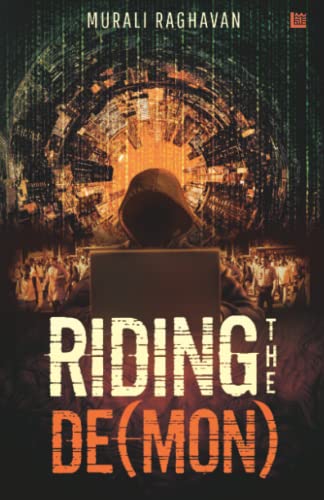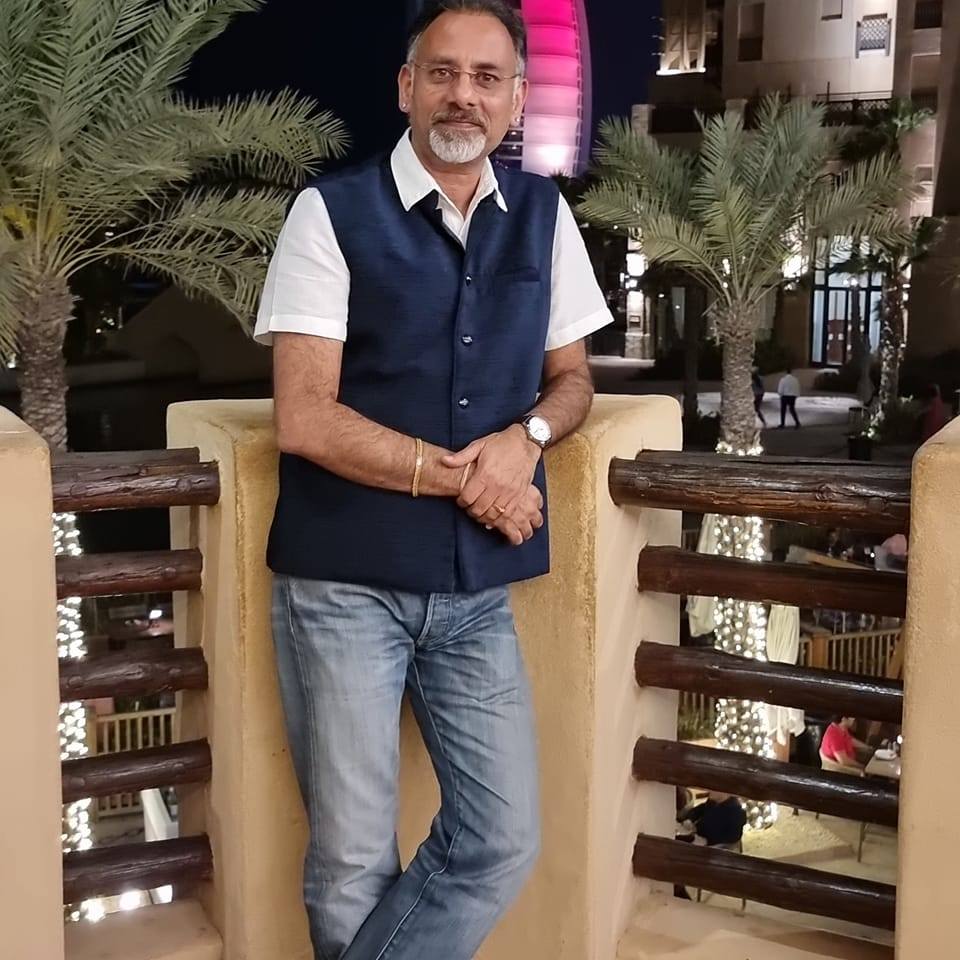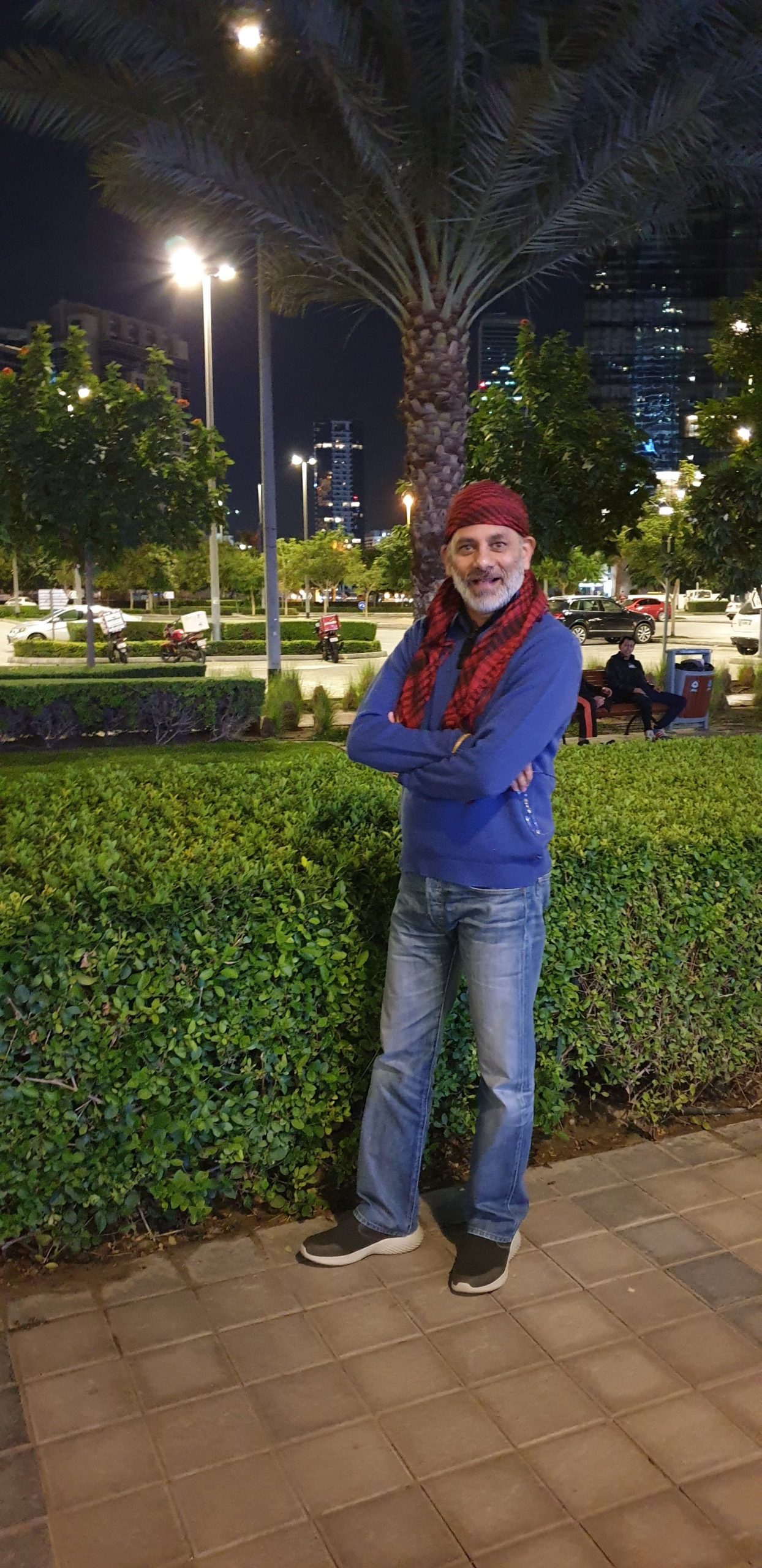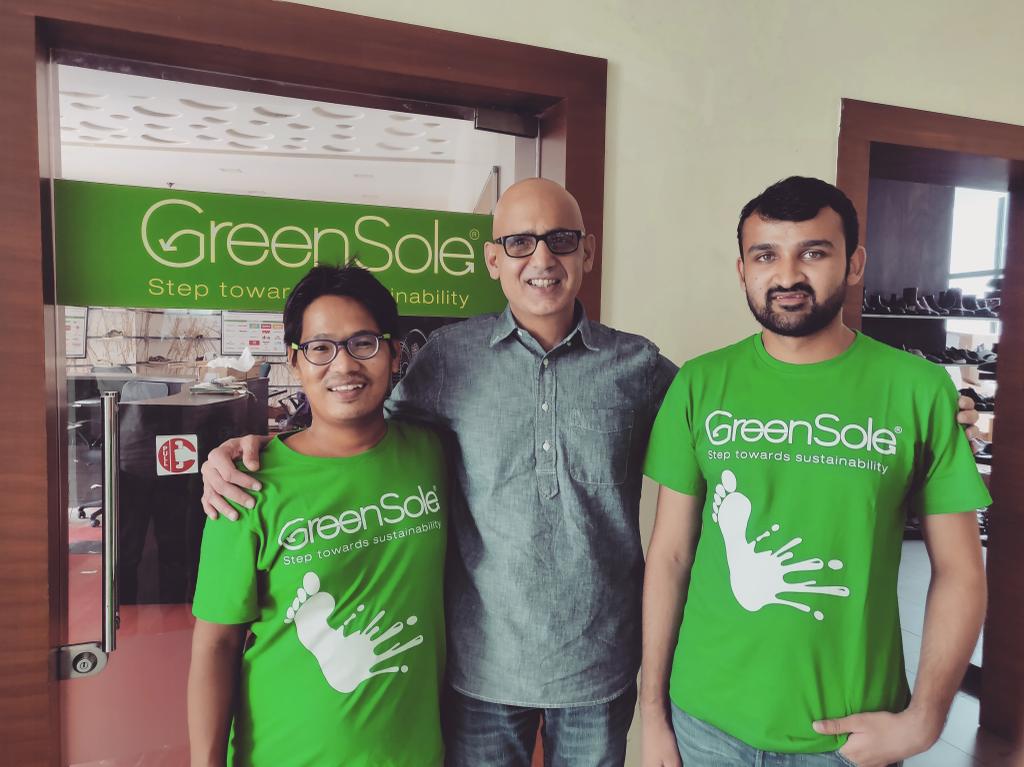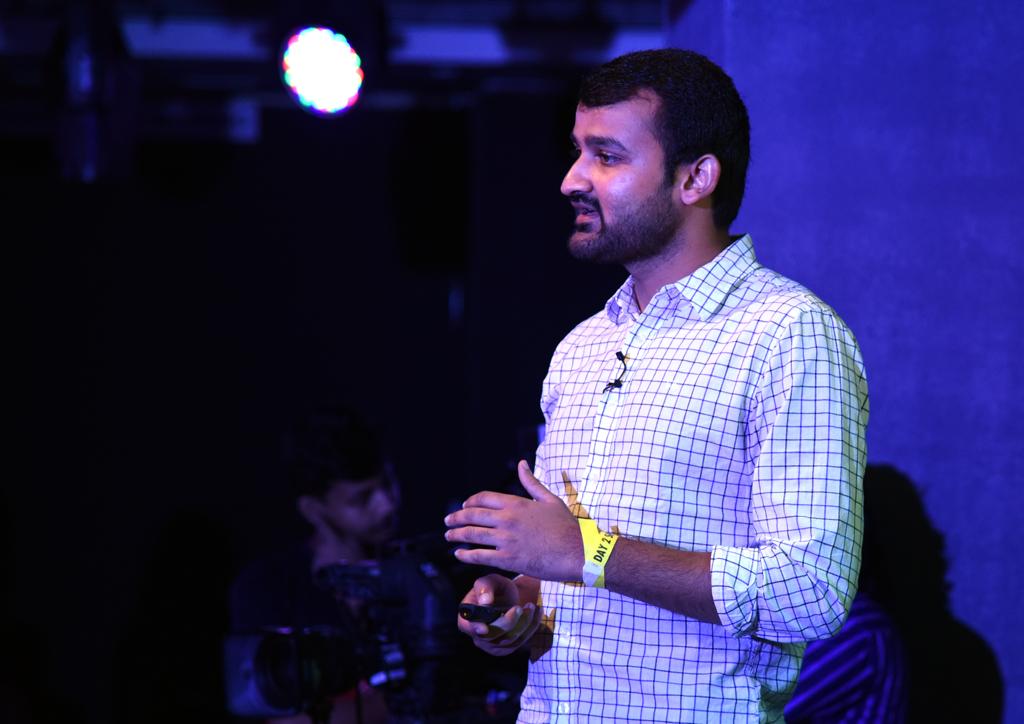Smiling with his Grammy double, musician and UN ambassador, Ricky Kej shares what it means to win, and how hardwork played a part.
(April 9, 2022) It’s a double whammy for two-time Grammy award-winning musician Ricky Kej. After winning a Grammy in 2015 for Winds of Samsara in the best new age album category, his second Grammy for Divine Tides with the Police founder and drummer Stewart Copeland, has created a furore in the music world. Not just because of its soulful notes, but also because it was an album born out of a pandemic, from the confines of both their studios. Infact, Ricky met Steve for the first time just recently!
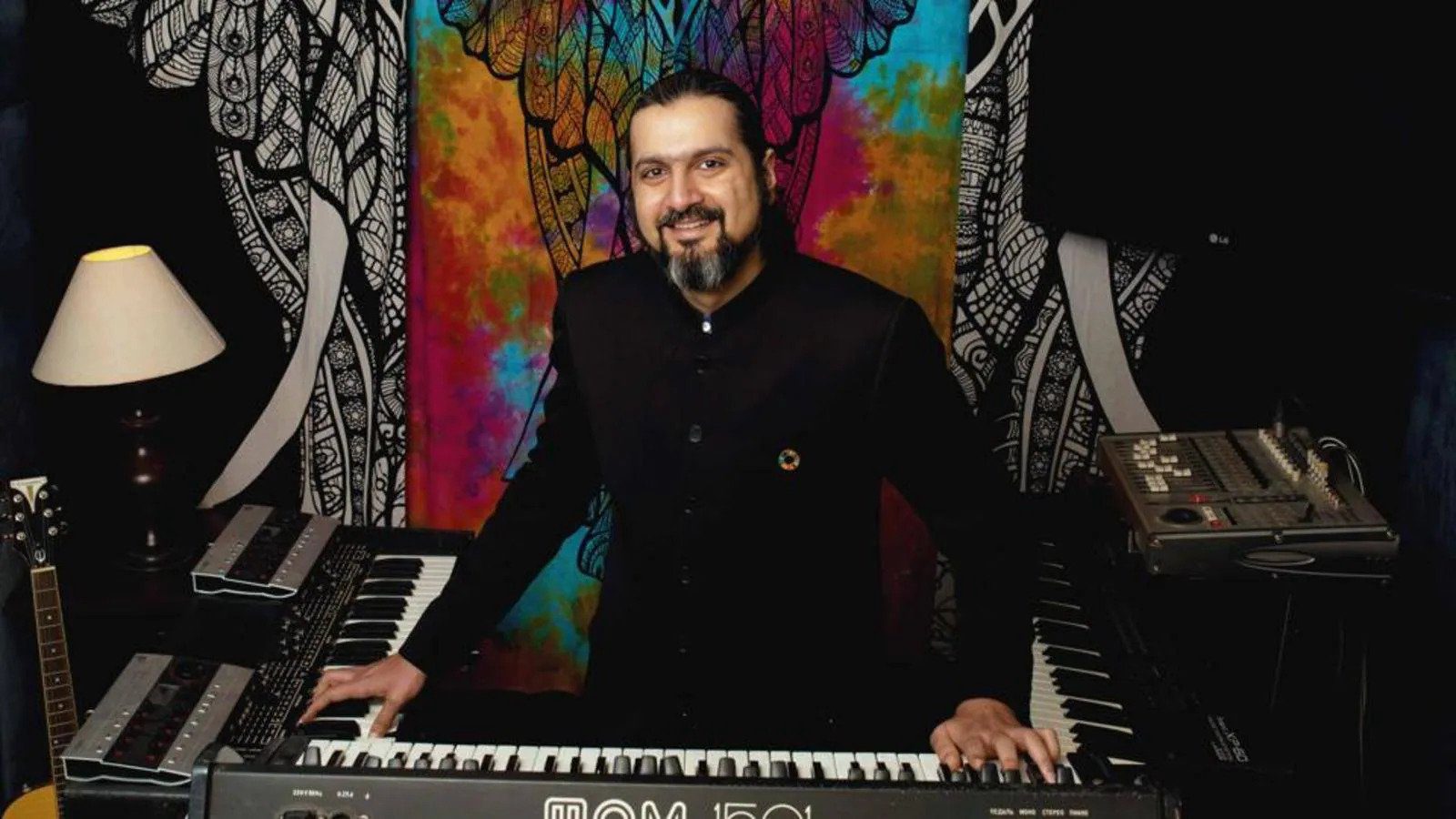
Ricky Kej
Glowing with the win
Calling his win “an unattainable feat,” Kej, the North Carolina born, Bengaluru-based musician is overwhelmed with the love flowing in. Clasping that precious glinting gramophone statue in his hand was a moment that lifetimes are enriched by. Especially, since the Covid 19 pandemic upended life, for musicians in particular. Mindful, Ricky Kej tells Global Indian, “Attending the Grammy ceremony held in Las Vegas, and considering everything that has happened over the past two years, it was an absolutely magical experience to hear our names announced as winners. It feels good to be acknowledged and validated for the choices that I have made in my life. It is an absolute honour to win a second Grammy award and I am extremely proud that Indian music has been recognised globally. Luckily, before the ceremony, I was completely occupied for a month with a nine-city tour of the USA,” thus his constant performances smoothened away any butterflies he might have had on stage!
Stewart Copeland and I are very grateful to have won the Grammy Award. Here is our acceptance speech at the ceremony 🙂 Thank you everyone from the bottom of my heart. @copelandmusic @LonniePark pic.twitter.com/rFcclM0NuR
— Ricky Kej (@rickykej) April 5, 2022
Divine collaboration…
Collaborating with Steward Copeland has been a meeting of ragas and unique riffs. The pandemic gave the dentist-turned musician the perfect opportunity to kickstart Divine Tides with Copeland.
Technology brought these two greats together, and they did individual portions that came together in an album that celebrates life, creates a wave of much-needed positivity.
#spyro #SpyroTheDragon pic.twitter.com/y0kALTwbro
— Stewart Copeland (@copelandmusic) April 4, 2022
Not many know that Kej has idolised Copeland, and the collaboration was “the best masterclass imaginable!” The founder and drummer of one of the biggest selling bands in history, Divine Tides has songs with deep Indian roots and a fusion of the west. Most importantly, it celebrates the resilience of our species. Apt today.
Winning with Copeland was special, “Stewart was extremely happy to win another Grammy after all of these years. I am honoured to win alongside my childhood idol and musical hero. We had never met in person throughout the process of creating the album due to the pandemic. Meeting Stewart in person after working on an entire album together was a surreal experience,” reveals Kej, who has had thousands of congratulatory messages pouring in from across the world.
Brimming with ideas
As is the case with creative minds, the independent musician is already onto what he will compose next! “I immediately think about what I want to do next. When that happens, I automatically stop promoting the previous album, and jump into the next one. This time, I am going to concentrate wholly on continuing to promote Divine Tides before I put my creative energies into something new,” says the musician already brimming with ideas.
Wow.. speechless! To receive praise from the Hon'ble Prime Minister himself! Thank you @narendramodi ji, I hope I made you proud. You set me on the path of Environmental Consciousness 7 years ago when I won my 1st GRAMMY Award, and here I am today 🙂 Thanks for your blessings https://t.co/N6krPqVp2G
— Ricky Kej (@rickykej) April 5, 2022
Making world a better place
Holding the Grammy award, the biggest and most coveted prize in the music industry handed out by peers in the Recording Academy, the ceremony is undoubtedly music’s biggest night. Telecast live to millions of people with over 15,000 people attending in person this year, over 80 awards were given, and Kej had a front row seat to all of it. The conservationist and activist in him is always looking to address global issues as a UN ambassador. As ambassador for the United Nations’ UNICEF, UNCCD, UNESCO-MGIEP, Kej works closely with WHO, Earth Day Network and other initiatives. “To make a tangible difference through my music and address global issues like climate change, I cannot rest on my laurels. I consider every award to be a recognition and a platform. Grateful, I never take awards for granted. If awards are used just for vanity, it’s pointless. Using awards for the greater good is what matters to me. My aim is and has always been to do all I can, in every way I can, to make this world a better place, for everyone and everything, and the both Grammy awards has definitely enabled me to take this further,” says Ricky whose music for Wild Karnataka already resonates with the conservation fraternity.
Budding musicians can learn the importance of hard work from Ricky. The smiling encyclopedia of notes shares, “Treat music with respect, and always be hard working. Talent may not always be under your control, but be the most hardworking person… like I am!” He also believes that talent cannot take the place of effort, “Never use creativity as an excuse for laziness. Never make awards the end goal, but be grateful when you earn them, and use them as a platform for doing improved things,” says the two-time Grammy nominee, already onto spreading a “divine” word into the tide of people.

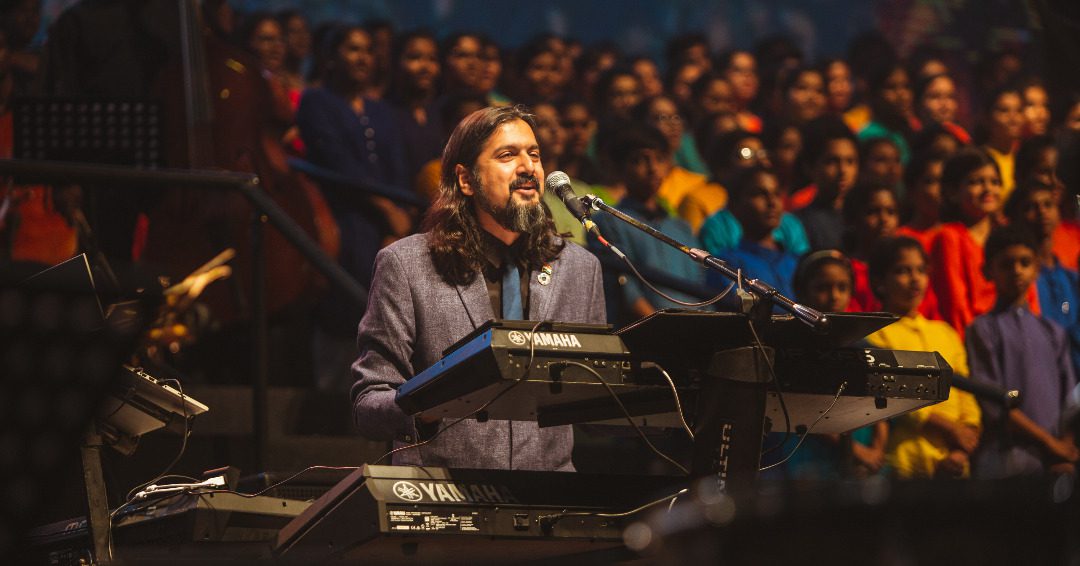
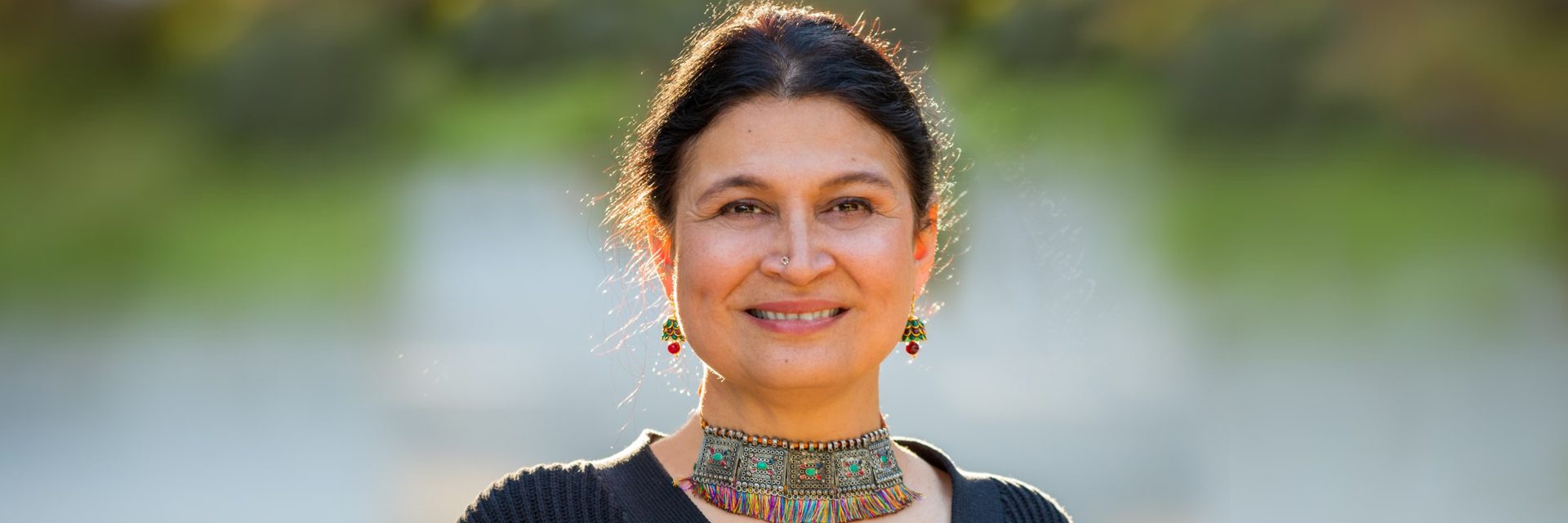
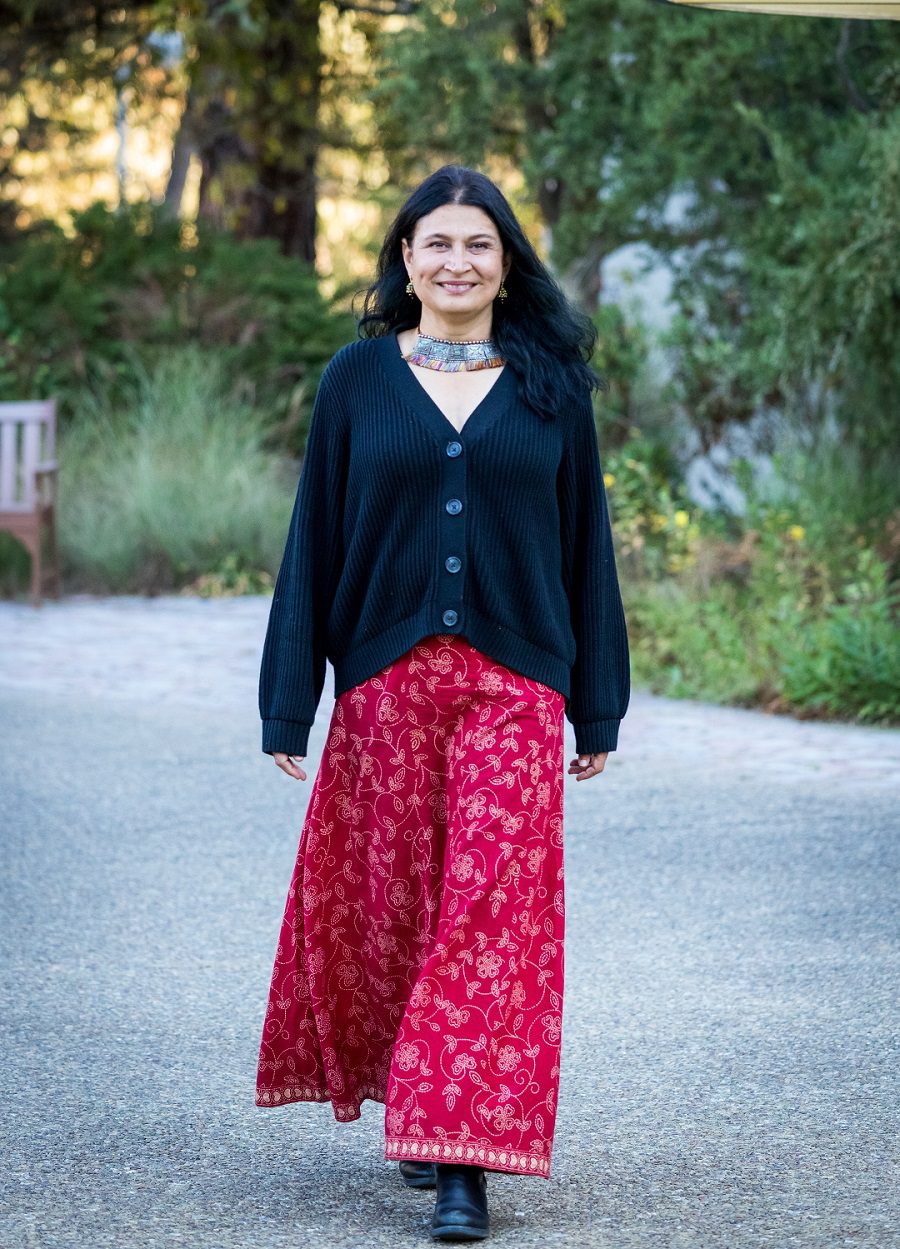
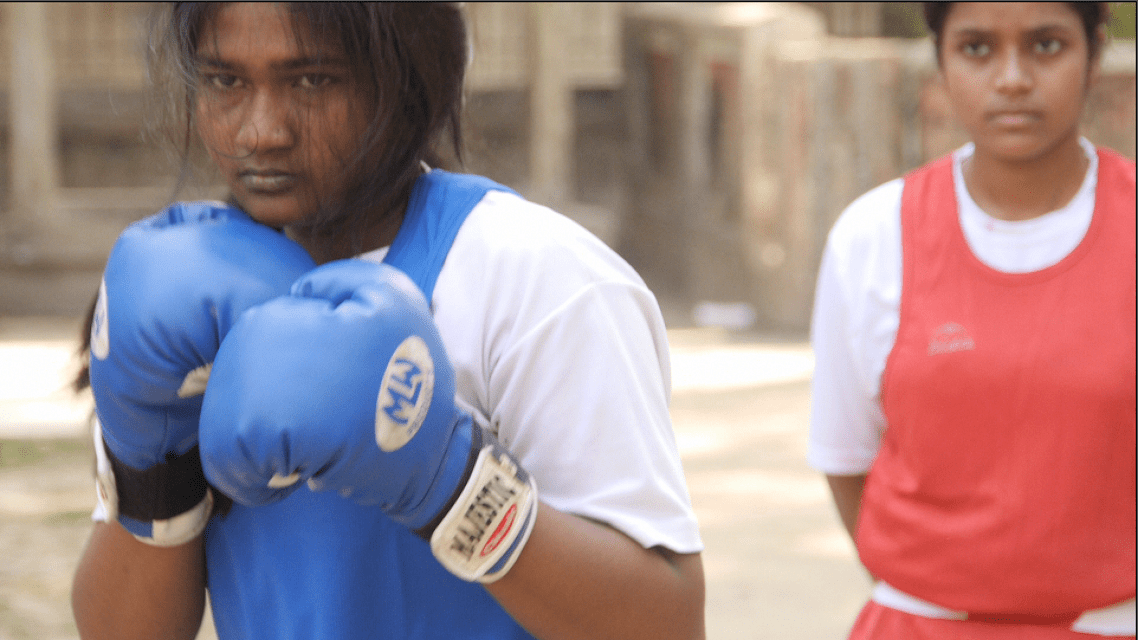 A still from Burqa Boxers[/caption]
A still from Burqa Boxers[/caption]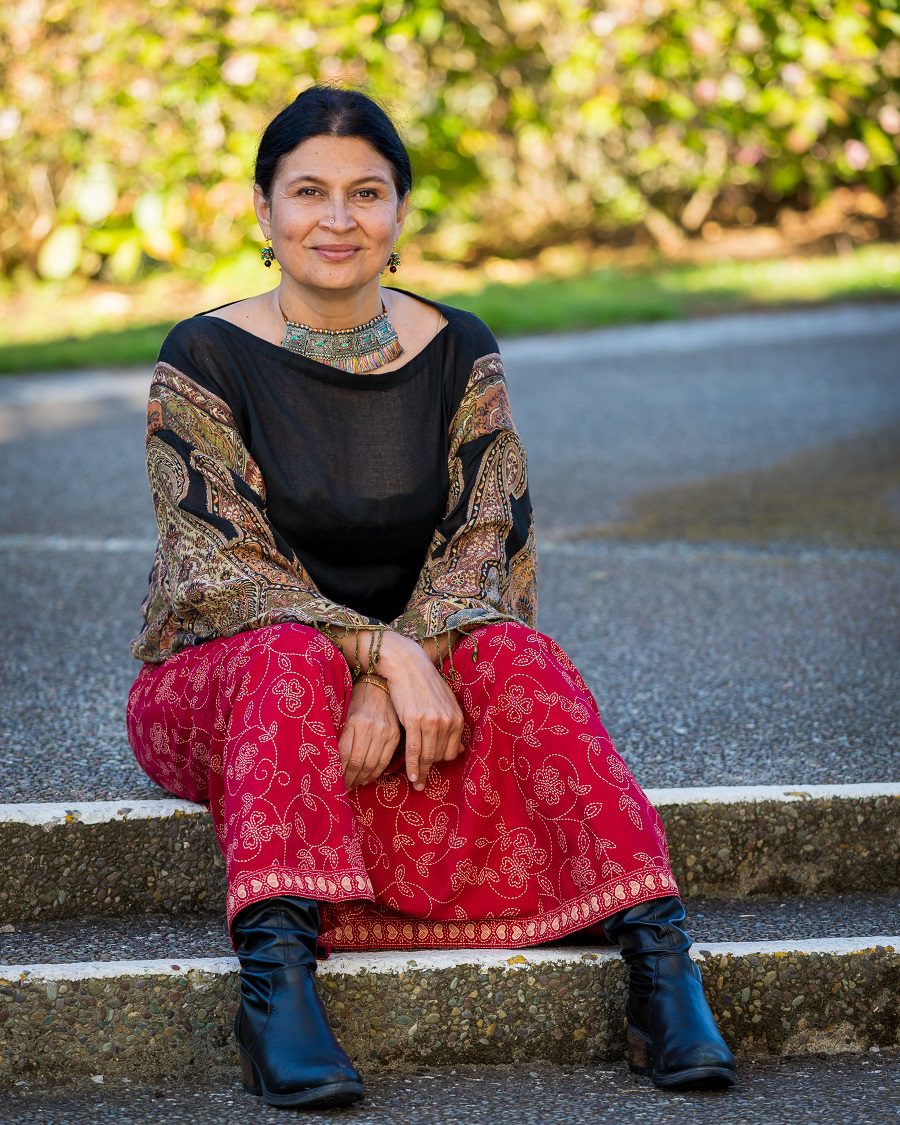
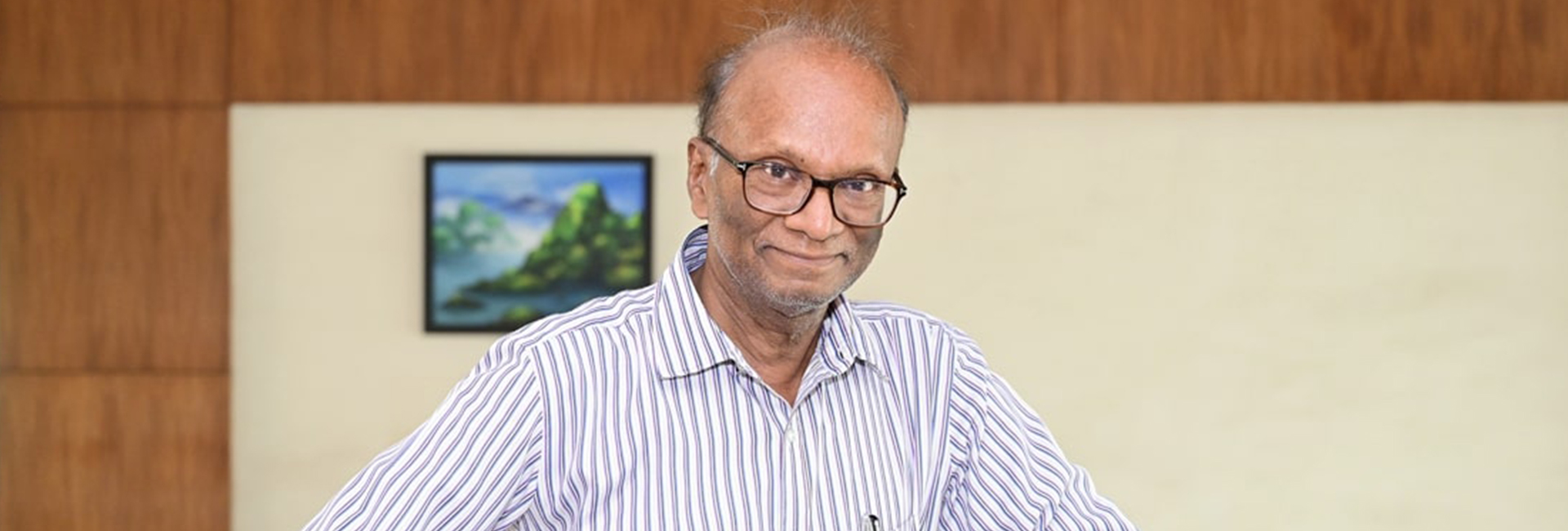
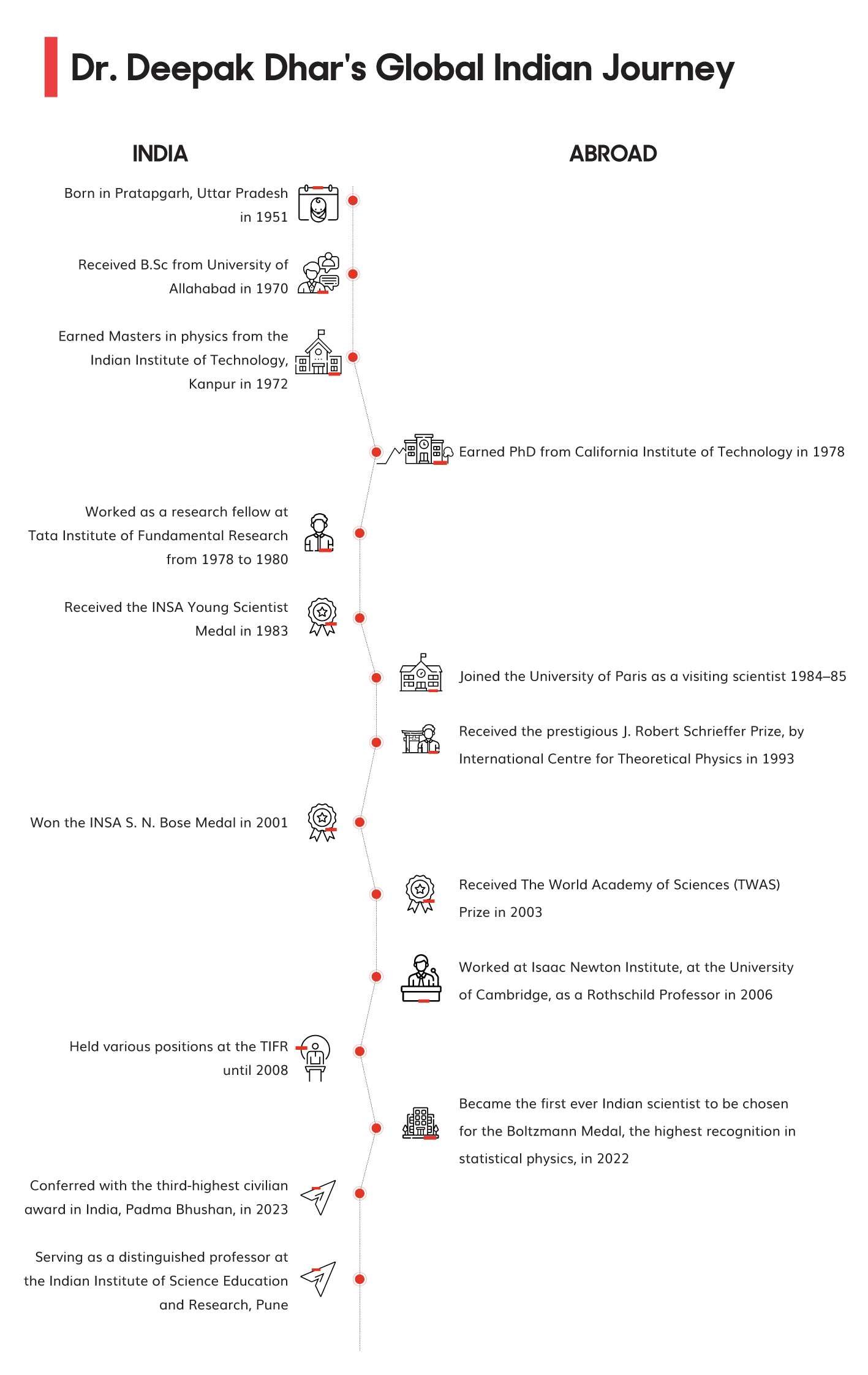
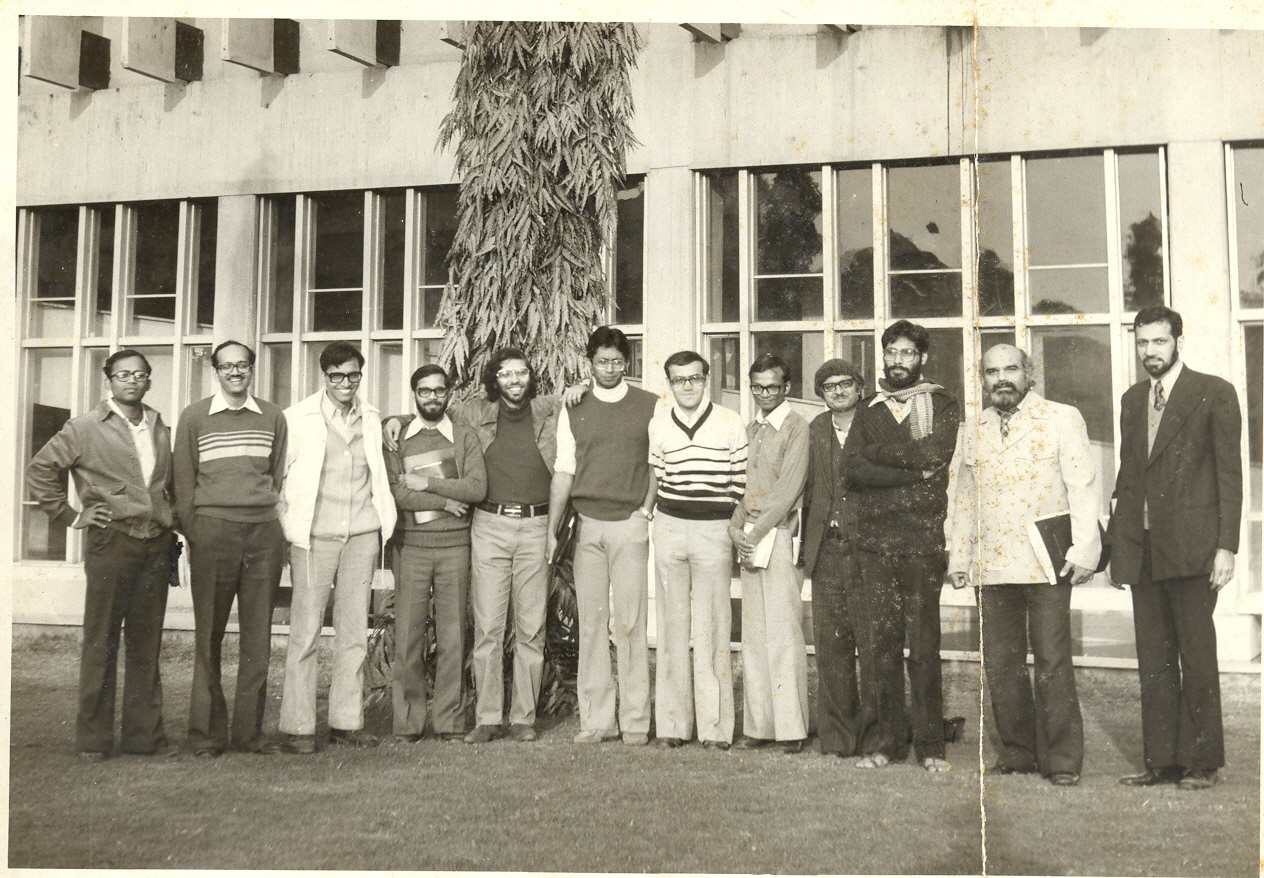 Dr. Dhar (sixth from right) with his peers at Roorkee, 1980[/caption]
Dr. Dhar (sixth from right) with his peers at Roorkee, 1980[/caption] Dr. Dhar with his family[/caption]
Dr. Dhar with his family[/caption]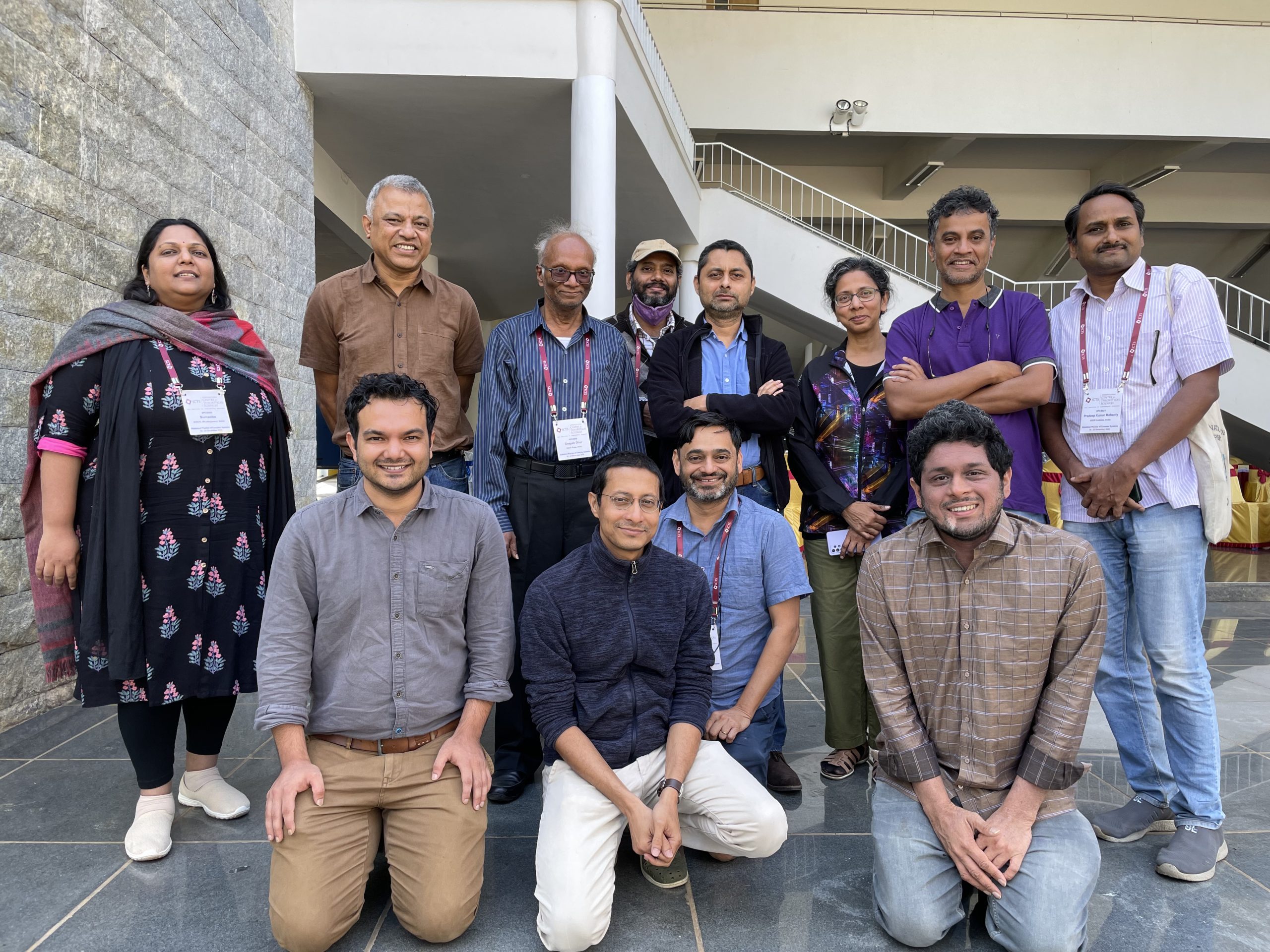 Dr. Deepak Dhar with other scholars at a recent conference at ICTS, Bengaluru[/caption]
Dr. Deepak Dhar with other scholars at a recent conference at ICTS, Bengaluru[/caption]
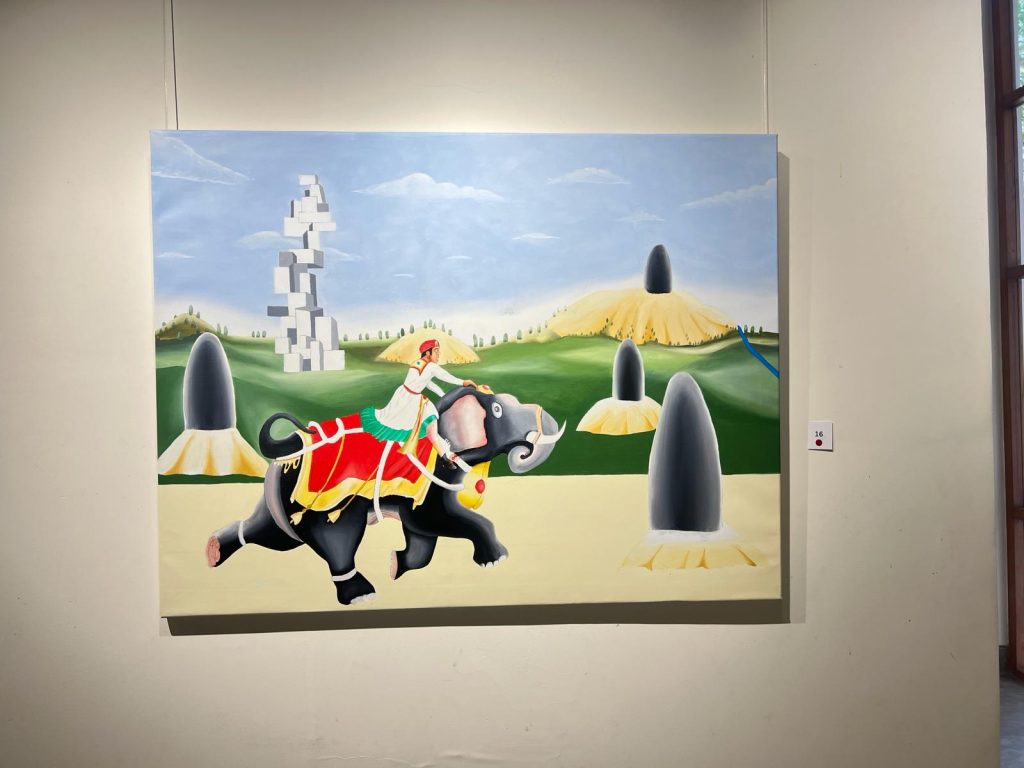 One of Rahul Mitra's works[/caption]
One of Rahul Mitra's works[/caption]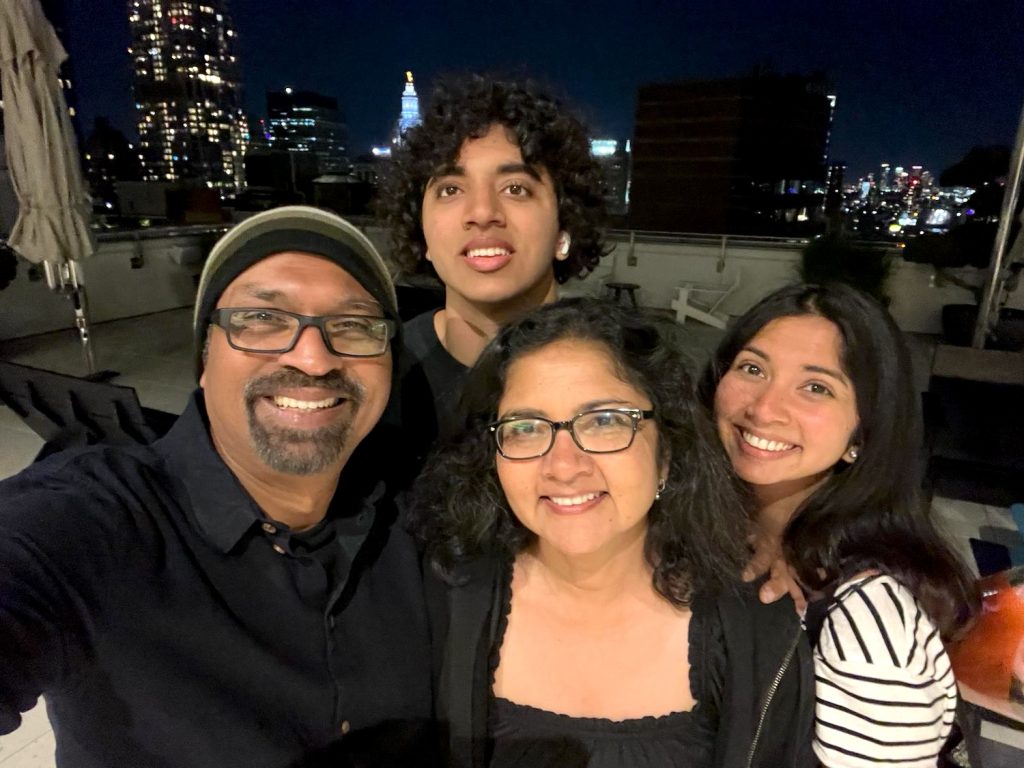 Rahul Mitra with his family[/caption]
Rahul Mitra with his family[/caption]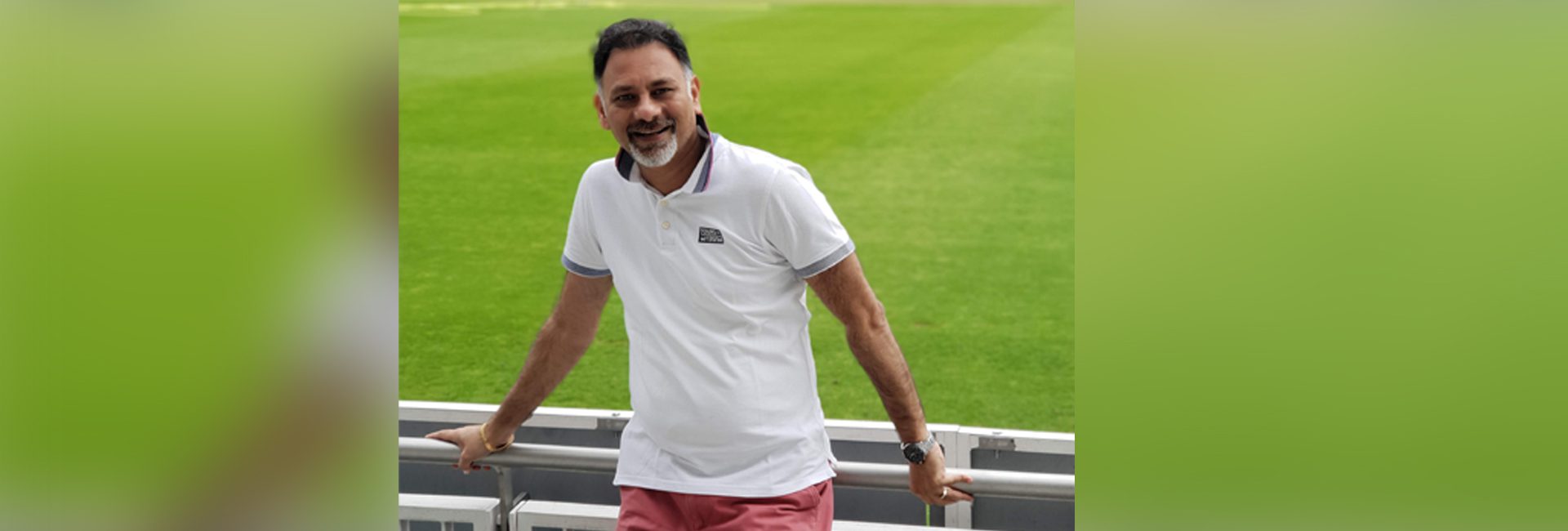
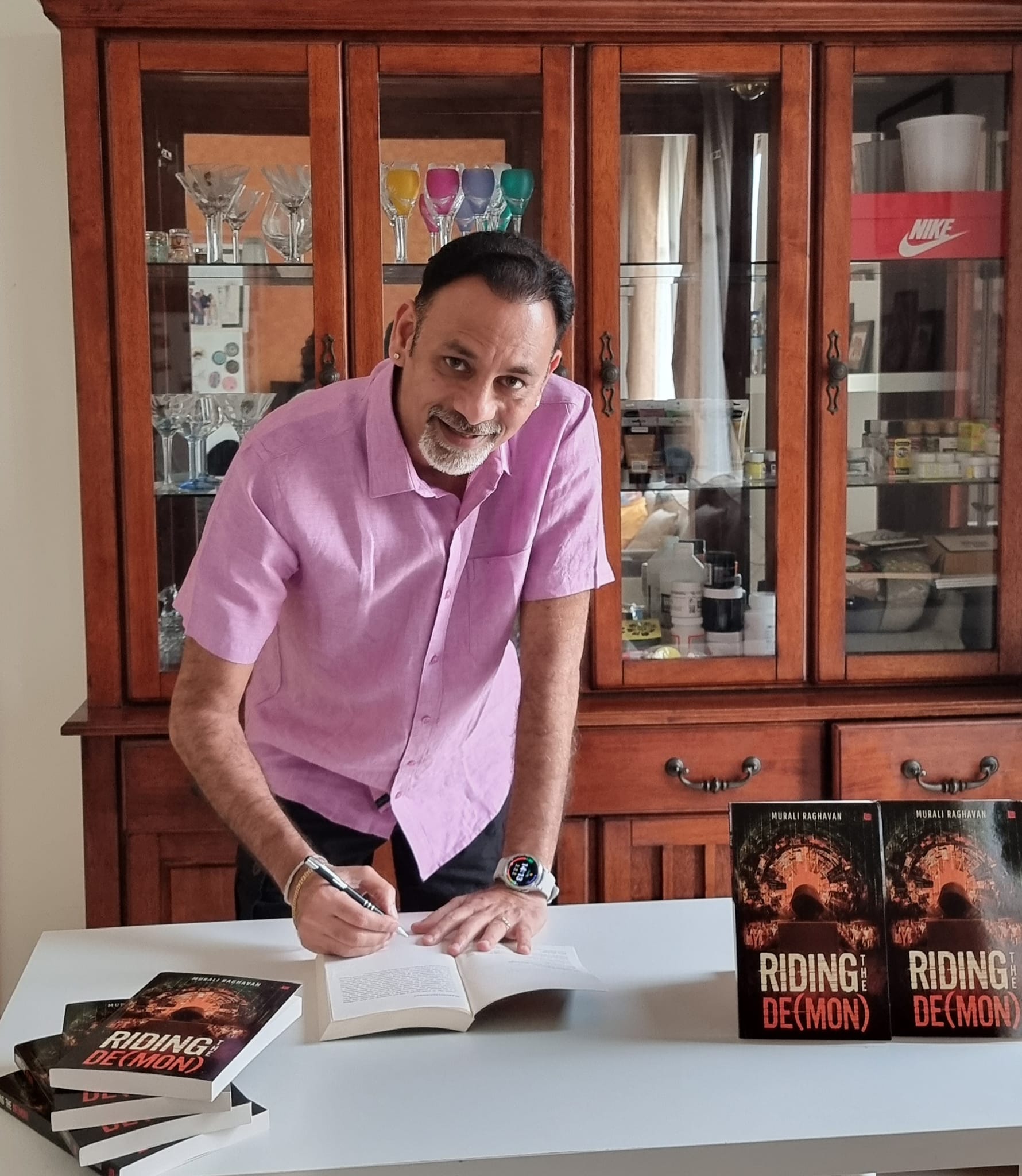 Murali Raghavan, author of Riding the De(Mon)[/caption]
Murali Raghavan, author of Riding the De(Mon)[/caption]